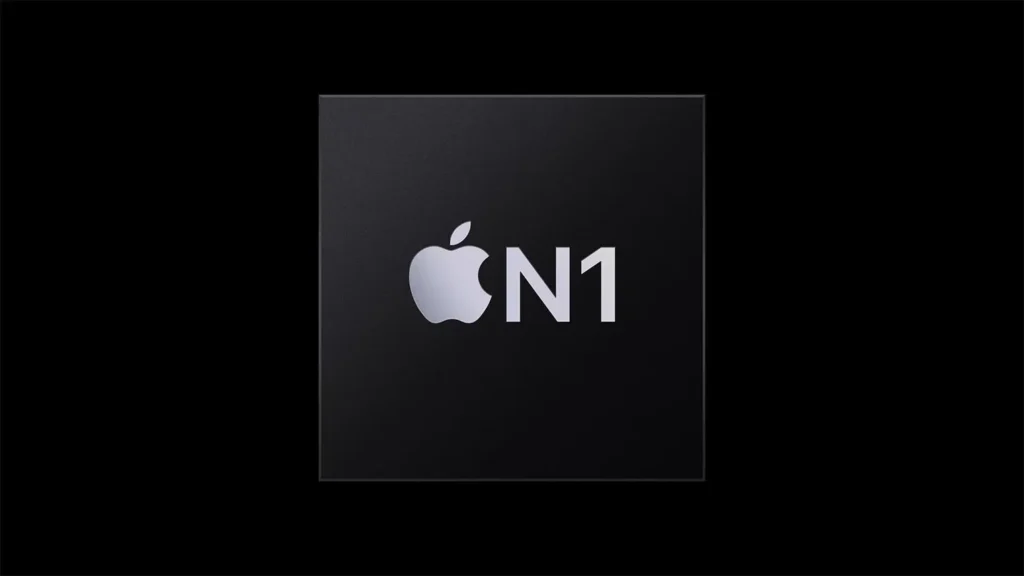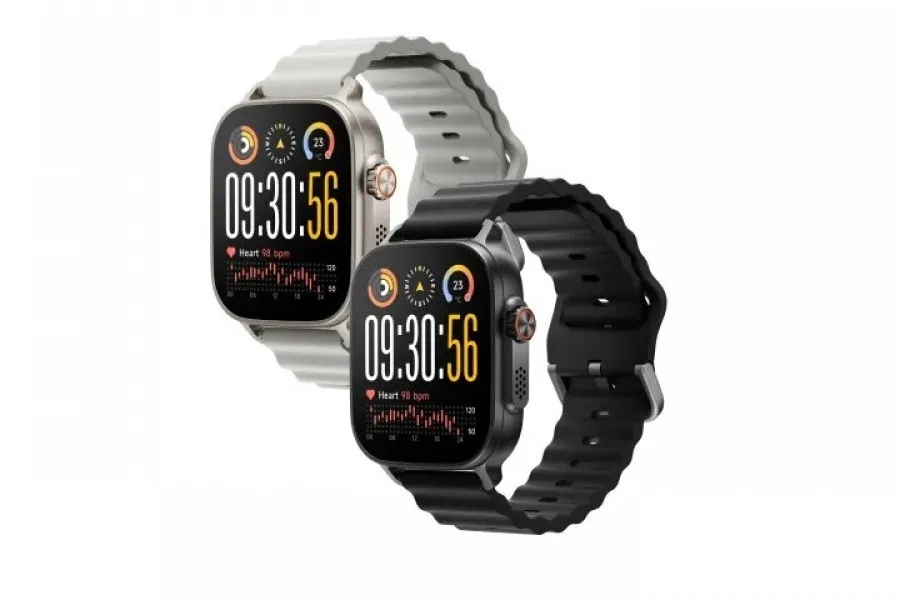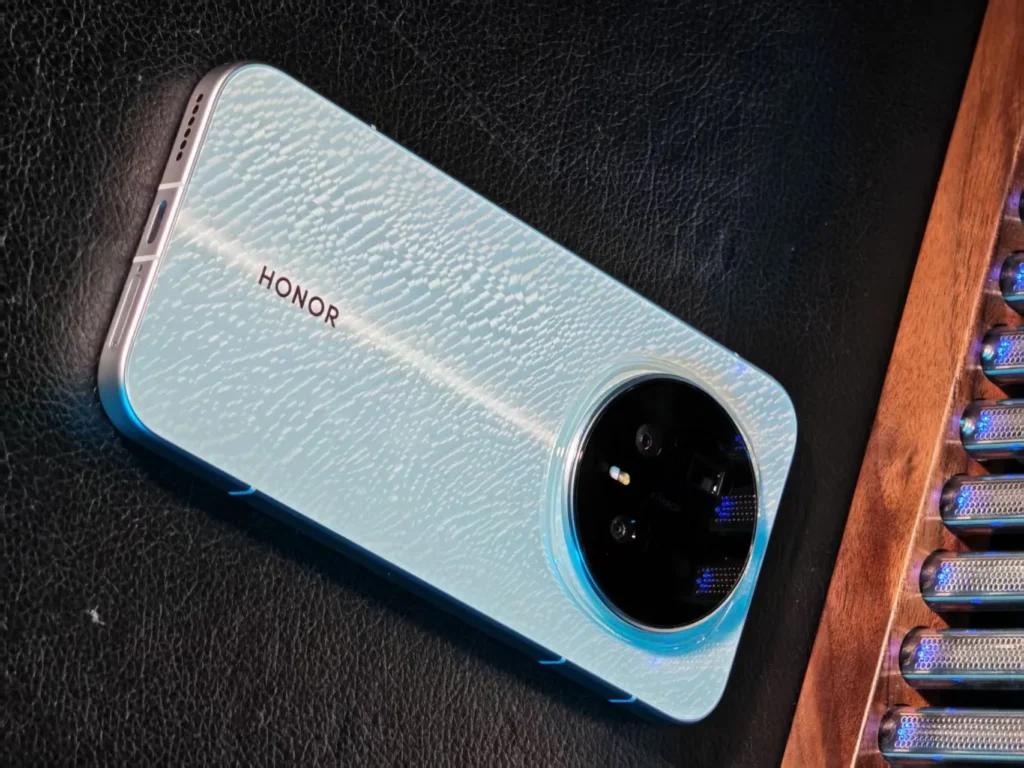The Apple N1 Network Chip of the iPhone 17 Outperforms Android Flagships in Wi-Fi 7
While much has been said about the unibody design, the massive camera block, and the new SoC, the real revolution of the iPhone 17 is invisible. Apple introduces its first in-house network chip, the Apple N1 — and initial figures from Speedtest (Ookla) show a dramatic improvement.
For a first-generation product, this is a significant breakthrough.
Apple Moves Away from Broadcom: A Gamble That Pays Off Immediately
With the iPhone 17, Apple transitions to its first in-house network chip — a strategic move reminiscent of the shift to Apple Silicon.
The Apple N1 integrates Wi-Fi 7, Bluetooth 6, and Thread, replacing the Broadcom component that has been in use for years.
According to data collected during the first six weeks of sales, the difference is remarkable: +40% in median speed compared to the iPhone 16 and +60% in challenging conditions (10th percentile), a strong indication that the Apple N1 handles congested environments, interferences, and saturated networks better.
For a first attempt, Apple makes a bold statement.
Against Android Giants, the iPhone 17 Surprises
What’s most intriguing is the comparison with Android smartphones already well-versed in Wi-Fi 7: Pixel 10, Galaxy S25, vivo X200 Pro, Find X8 Pro, Pura 80… all equipped with the latest Snapdragon or Dimensity chipsets.
Yet, the iPhone 17 positions itself at the same level, if not ahead, depending on geographical areas.
In North America, the Dominance is Clear
This is the most interesting market: the rollout of Wi-Fi 7 is more advanced there, allowing the use of up to three channels of 320 MHz… which the N1 does not even support (it tops out at 160 MHz).
Despite this theoretical disadvantage, the iPhone 17 achieves:
- 416.14 Mb/s median speed, ahead of the Pixel 10 Pro (411 Mb/s),
- 976.39 Mb/s at the 90th percentile, nearing true gigabit speeds,
- a significant lead over the Galaxy S25 (323.69 Mb/s).
This ability to maintain a high speed when the network gets complicated is one of the major takeaways from the study.
The N1 Paradox: Less Bandwidth, But More Stability
The Apple N1 does not yet utilize the full bandwidth of Wi-Fi 7. On paper: 160 MHz versus 320 MHz for the competition, a clear disadvantage in raw speed.
However, the measurements tell a different story: Ookla notes that the Apple N1 “maintains more bandwidth in less than ideal conditions,” where other chipsets drop significantly. This could be attributed to aggressive optimization of radio management, internal scheduling, or finely tuned calibration between hardware and iOS.
In simple terms: Apple compensates for the channel width with intelligence and software mastery.
A Strategic Advance for the Decade Ahead
Wi-Fi 7 is still rare in Europe and Asia, but Apple is already preparing for its transition into a fully optimized internal network ecosystem.
The Apple N1 is not just a chip; it is the first building block of an Apple Silicon network architecture, with complete control over radio management, energy optimization, long-term performance, and interaction between in-house chips.
Like the M1, Apple could iterate quickly and secure a lasting advantage.
A First Trial Successfully Executed
The numbers speak for themselves: the iPhone 17 delivers one of the best Wi-Fi 7 performances on the market, sometimes even the best, despite a spec sheet that seemed inferior.
For Apple, the N1 is just the beginning — but it already redefines what can be expected from a Wi-Fi modem in a premium smartphone.




